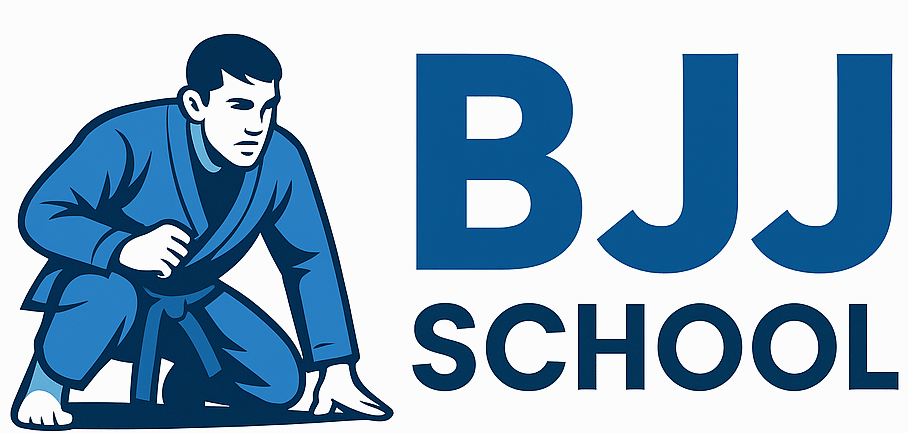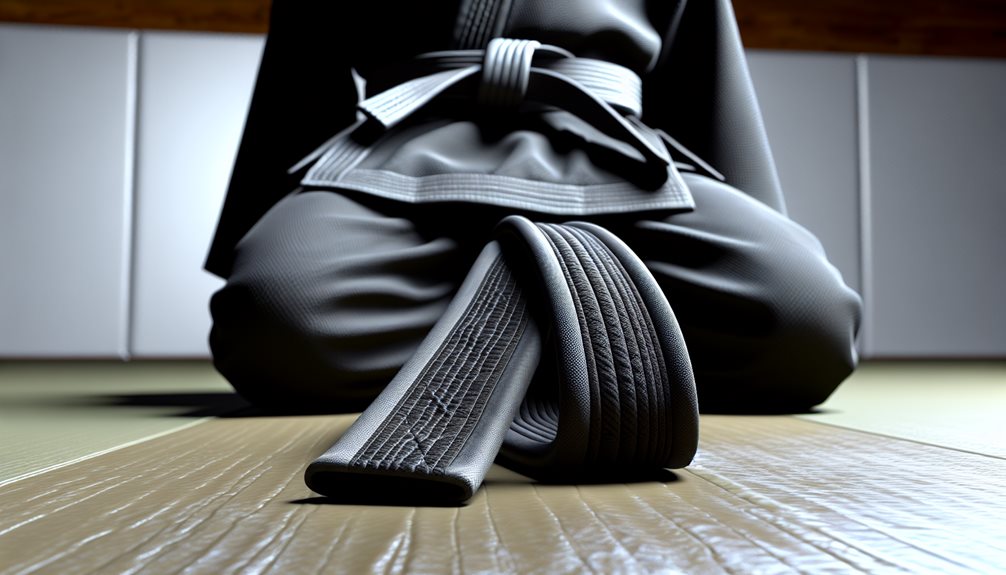The black belt in Brazilian Jiu Jitsu stands as one of martial arts’ most demanding achievements. Unlike systems where rank advancement follows predictable timelines, BJJ’s highest honor typically requires a decade of consistent training and development. This coveted rank represents far more than technical proficiency. It embodies a transformative journey through physical hardship, mental challenges, and philosophical growth. The true significance extends beyond submission techniques into areas few practitioners initially anticipate.
The Historical Evolution of the BJJ Belt System
While many martial arts adopted formalized ranking systems in the early 20th century, Brazilian Jiu-Jitsu’s belt hierarchy emerged through a distinct evolutionary path.
The belt origins trace back to Mitsuyo Maeda, who brought judo to Brazil in 1914, where the Gracie family later modified the system to reflect combat effectiveness rather than aesthetic techniques.
Initially featuring only white and blue belts, BJJ’s ranking criteria expanded in the 1960s to include purple, brown, and black designations.
This development coincided with the art’s formalization under the Gracie Academy.
Unlike other martial arts, BJJ’s progression traditionally emphasizes practical application and competitive performance over forms or kata.
Technical Mastery Beyond Memorization
The journey toward a black belt in Brazilian Jiu-Jitsu transcends the simple accumulation of techniques found in many traditional martial arts systems.
Rather than cataloging moves, black belts demonstrate technical proficiency through conceptual understanding—grasping underlying principles that connect seemingly disparate positions.
This skill refinement manifests as the practitioner’s ability to improvise solutions to novel problems on the mat.
Black belts exhibit fluidity in shifts, precision in execution, and efficiency in movement economy.
They no longer rely on rote memorization but instead possess an intuitive understanding of biomechanics, leverage, and timing that allows adaptation across various combat contexts.
Mental Fortitude and Psychological Development
Beyond technical skills, earning a black belt in Brazilian Jiu-Jitsu demands extraordinary mental resilience through years of consistent training.
The journey cultivates psychological attributes through systematic resilience training, teaching practitioners to maintain composure under physical pressure and exhaustion.
Black belts demonstrate emotional discipline by controlling reactions during high-stress scenarios, converting frustration into calculated adjustments.
This psychological development manifests in their ability to analyze failure objectively, implementing technical corrections without ego interference.
The mental framework developed becomes transferable to challenges beyond the mat, representing perhaps the most valuable aspect of the black belt achievement.
The Average Timeline: Why It Takes a Decade
Why does the journey to a Brazilian Jiu-Jitsu black belt typically span a decade? The extended timeline reflects the depth of knowledge required to master this complex martial art.
Unlike systems with standardized advancement, BJJ demands demonstrable proficiency across thousands of techniques and their applications. Training intensity directly impacts progression—practitioners training 2-3 times weekly may require 10-12 years, while those with higher frequency might achieve it in 8-9 years.
Skill progression follows a non-linear path; technical plateaus are inevitable and necessary for thorough development. The decade-long process guarantees that black belts possess not just technical mastery but the mature judgment acquired through sustained practice.
Beyond the Dojo: Life Lessons From the Journey
While mastering techniques propels practitioners toward their black belt, Jiu-Jitsu’s most profound impact often manifests in life beyond the mats.
The decade-long journey cultivates resilience through consistent confrontation with failure and subsequent adaptation.
Black belts frequently report enhanced problem-solving capabilities in professional settings, approaching challenges with the same methodical analysis applied to submissions.
This translates to measurable personal growth in patience, emotional regulation, and strategic thinking.
Many practitioners leverage their expertise for community impact through teaching disadvantaged youth, conducting self-defense workshops, or mentoring others facing adversity.
The black belt ultimately signifies not merely technical proficiency, but a transformed individual who embodies Jiu-Jitsu’s philosophical core.
The Responsibility of Wielding Black Belt Knowledge
Responsibility accompanies the black belt rank in profound ways that extend beyond technical mastery. The practitioner assumes an ethical obligation to represent the art with integrity and precision. This responsibility awareness manifests in teaching obligations, community leadership, and the preservation of authentic technique.
Knowledge application becomes a critical consideration for the black belt. Practitioners must exercise discernment regarding when and how to implement their skills, recognizing the potential consequences of their actions.
The black belt serves as both guardian and ambassador of the art, balancing personal development with the obligation to nurture the growth of future generations.
Comparing BJJ Black Belts to Other Martial Arts Ranks
The distinctive nature of Brazilian Jiu-Jitsu’s black belt classification sets it apart within the martial arts landscape.
Unlike many traditional arts where black belts can be earned in 3-5 years, BJJ practitioners typically invest 8-12 years of consistent training to achieve this rank.
This extended timeline reflects BJJ’s emphasis on functional proficiency rather than mere technical demonstration.
While karate or taekwondo systems often incorporate numerous belt colors with predictable promotion schedules, BJJ’s rank significance derives from its rigorous, performance-based advancement criteria.
The belt symbolism in BJJ represents verifiable combat effectiveness and mastery through continuous resistance training against fully resisting opponents.

